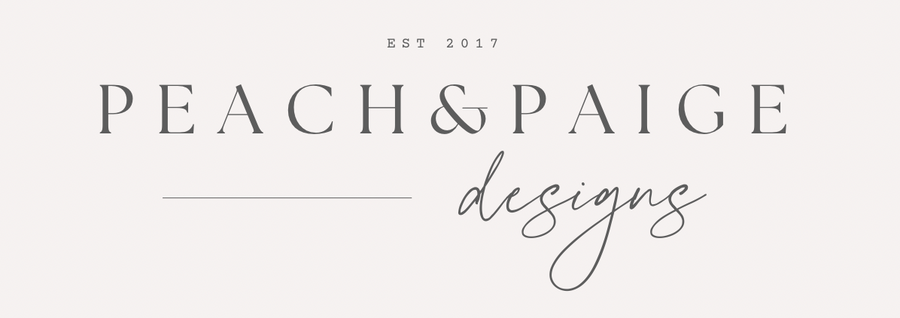
Pattern Grading Pt. 1
This topic was one of my most requested and it is probably the most important and most time consuming part of pattern designing for numerous sizes.
I've broken this topic up into a few different parts due to the complexity. Part one is going to cover; What is grading?, Why its important?, How it works? and collating data.
What is Pattern Grading?
Pattern grading is taking a pattern or design and tweaking the stitch/row counts so that the item can be made in numerous sizing, either for different ages of children, or XXS to XXL adult sizing.
Pattern grading really is all about maths – so if you not a numbers person, I’m sorry to say this will not be your favourite part of pattern writing!
You need to know how much you need to increase the sizing by for different parts of the pattern and then covert those increases in stitch counts, making sure that any design features, such as cables, ribbing, accent panels etc. are graded up evenly.
Why is it important?
Size inclusivity is a very hot topic in the design world right now, with designers expected to have a large size range up to XXXL or more. It is also important to note that bodies do not increase in size evenly around all measurements, you cannot just add 1cm to the waist, bust, hips, arm hole and torso length and expect this to accurately go up a size. For example, going from a toddler size 2 to 4 is a 1cm increase in waist circumference, 3.5cm increase at the hip, 1.5cm upper arm circumference, 3cm torso length increase etc.
When I first started pattern writing, my size grading was all trial and error. As I make primarily children's clothing and having 4 small children aged from 1 to 11 years meant that I was able to use my own children as physical models for my items. While this worked for me starting out, it was certainly not the most efficient or professional way to go about it.
As a designer, or any business owner really, continuous improvement is vital for growth and survival so it was important that I reviewed my current processes and found ways to prove upon them. This was simply a matter of doing research, reading blogs like this one and finding out what others were doing that I could implement for myself. I discovered that I could vastly improve upon my pattern grading process
Most the grading techniques I found online were primarily for knitting, but this is easily transferable to crochet garments as well. And the best part is it that it requires no fancy expensive programs – just a good old Excel Spreadsheet.
Now if the words ‘Excel Spreadsheet’ gives you hot flushes and flashbacks to high school, try not panic! Its really not as hard as it looks.
How Does it work?
There is 3 different sets of data you need to be able to grade patterns; Size Chart, Clothing Measurements and Stitch Counts. With each section impacting the next through simple formulas.
- Size Chart – This is simply collated data of as many body measurements you can get your hands on. I have my size chart as a separate spreadsheet which I add to regularly. I collated this data by searching up and looking at as many body measurement charts as possible online. I have included a link to this chart further down in this blog.
- Clothing measurements – This spreadsheet is similar to the body measurements, in that we are still using centimeters (or inches) but we are now noting out the relevant measurements of the finished item. This would include garment length/width, required fabric ease, design features (cuff length, ribbing width, cable positions etc)
- Stitch Counts – This section will convert the clothing measurements into stitch and row counts based on your gauge.
In this blog today, I’m just going to be covering the Size Chart with 2 more blogs coming covering the other sections soon.
Size Chart

As mentioned, the first thing you need is a comprehensive size chart, covering as many body measurements as possible. As you know, not all bodies are the same type and this chart will not match every body type exactly, but it is a good ‘average’ to work off of. The other advantage of using a standard size chart for all your patterns is that your clients will soon know if your patterns run small or large on them and can adjust accordingly.
Your size chart is something that you can add to, tweak the numbers based on your own research and experience. A size chart should not include any fabric ease, just measuring the actual body measurements.
To give you a starting point, I have attached a downloadable link below to download my size chart from NB to 5XL. You will notice on my chart there is some information missing – that is because I have not yet compiled accurate data for these measurements, and have not yet written a pattern which has required them.
The size chart is very much self explanatory, average measurements for different sizes in both inches and cm. Next blog, I’ll show you how to use these measurement to start grading your patterns!
